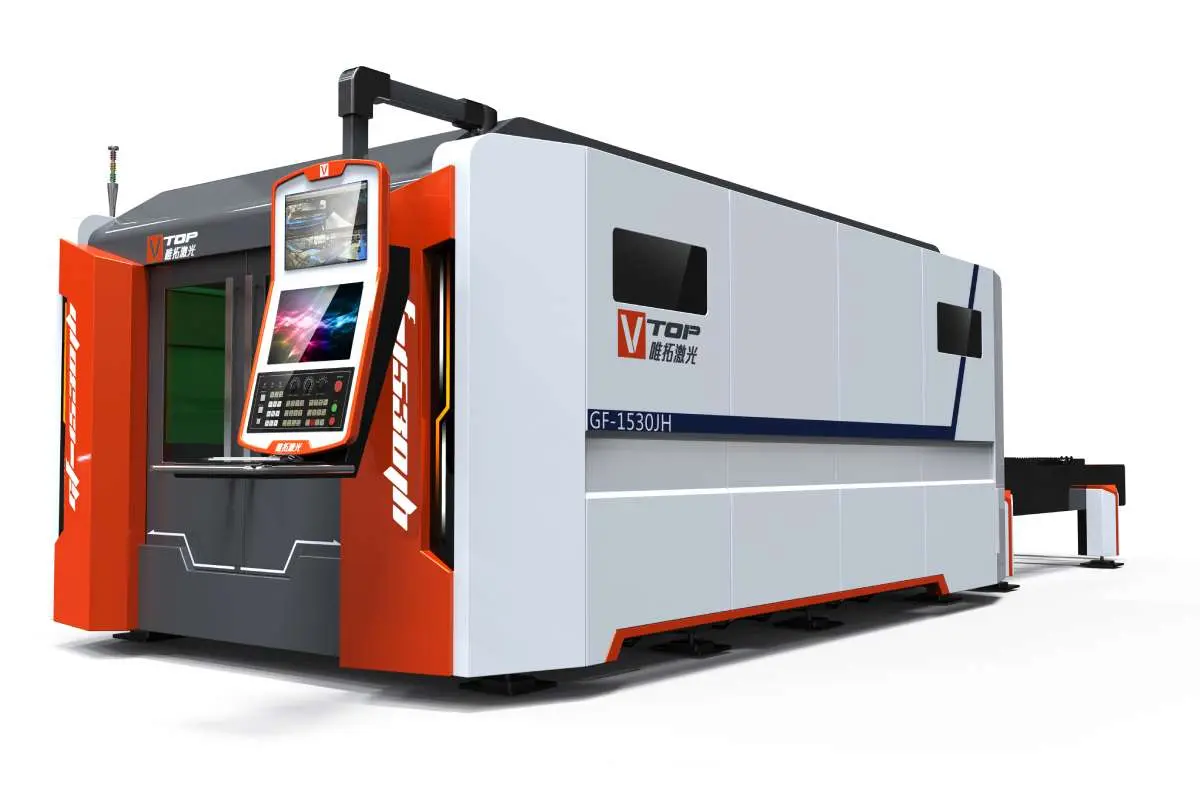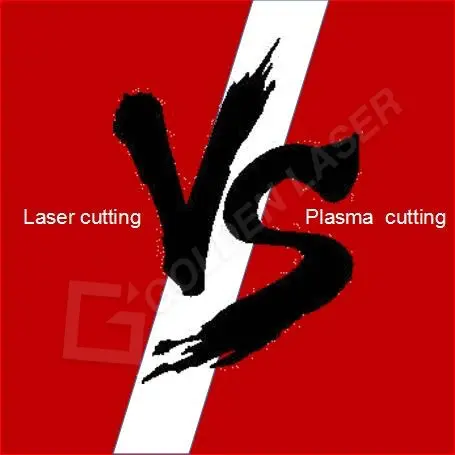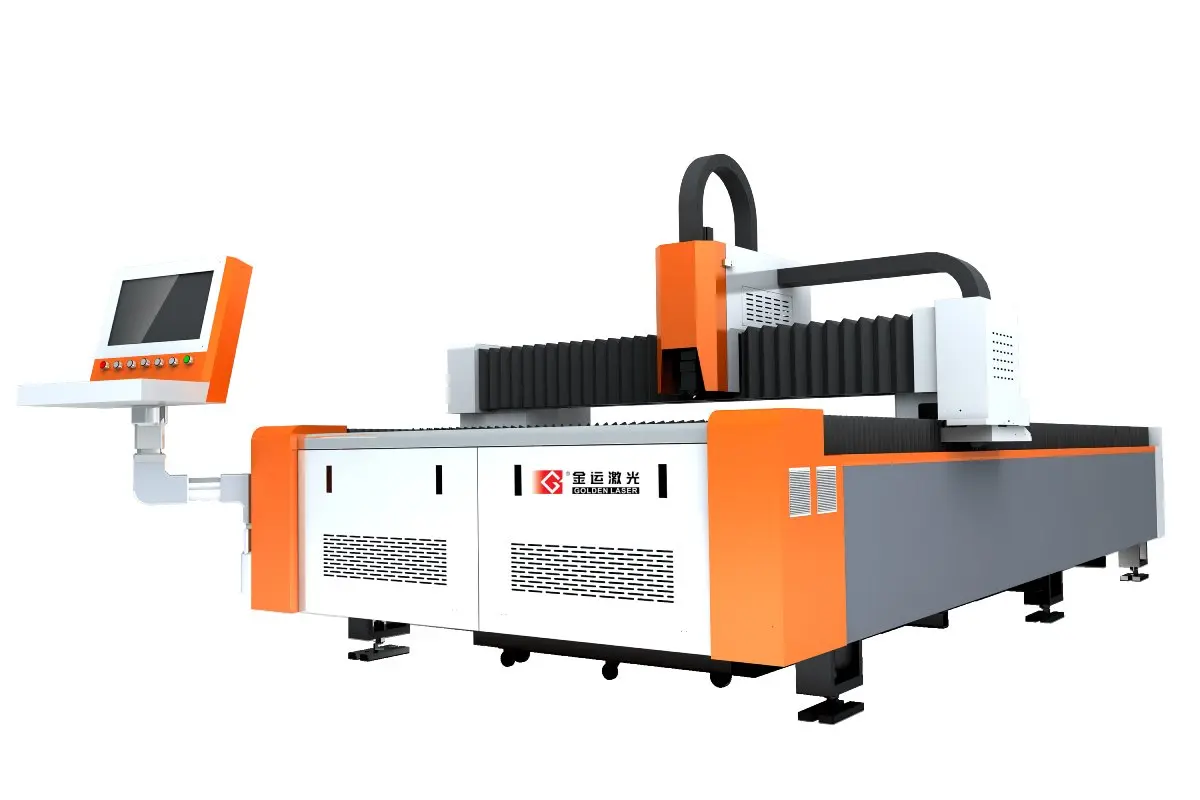In the heart of the manufacturing and fabrication industries lies a vital piece of equipment: the iron cutting machine. Over the years, technology has ushered in numerous advancements in this specialized machinery, enhancing its versatility and efficiency. The evolution of iron cutting machines has played a foundational role in shaping metal fabrication processes, enabling industries to meet modern demands with speed and precision.
Iron cutting machines are designed to transform large metal sheets or bars into smaller, manageable pieces. These machines use various cutting methods, including shearing, plasma cutting, laser cutting, and waterjet cutting. Each technique offers its own unique benefits, allowing industries to choose a suitable cutting method based on specific requirements such as material type, thickness, and the desired finish.
One of the most significant advancements in iron cutting machines has been the integration of CNC (Computer Numerical Control) technology. CNC iron cutting machines operate through pre-programmed computer software, allowing for unprecedented accuracy and repeatability in cutting. With CNC technology, manufacturers can create intricate designs and complex shapes with exceptional precision that would be impossible to achieve through manual cutting methods.
Moreover, CNC machines have drastically reduced the time required for programming and setup. In earlier generations, operators needed to manually adjust the machine settings, which was not only time-consuming but also prone to human error. Today’s CNC iron cutting machines can be programmed to carry out a sequence of cutting operations with minimal human intervention, freeing skilled workers to engage in more value-added tasks.
The versatility of iron cutting machines continues to evolve, thanks in large part to advancements in cutting techniques and technologies. Laser cutting, for example, has gained immense popularity in recent years due to its ability to deliver high-quality cuts with minimal kerf (the width of the material removed during cutting). Equipped with high-power laser beams, these machines can cut through thick steel plates with remarkable ease, making them an invaluable asset in the automotive and aerospace industries.

The Innovative Advancements in Iron Cutting Machines: Revolutionizing the Metal Fabrication Industry in the Modern Era

The Innovative Advancements in Iron Cutting Machines: Revolutionizing the Metal Fabrication Industry in the Modern Era
Waterjet cutting is another fascinating technique that has garnered attention for its ability to cut a wide range of materials, including metal, stone, glass, and composites. This method utilizes a high-pressure jet of water mixed with abrasive materials to achieve clean cuts without generating heat that can distort the workpiece. The absence of thermal input raises waterjet cutting as an ideal choice for applications that require precise tolerances and minimal impact on the material’s properties.
Safety features have also received significant upgrades in the design of modern iron cutting machines. The metalworking industry is inherently dangerous due to the heavy machinery and the potential risks involved when handling sharp or heated materials. Today’s machines come equipped with advanced safety protocols, including sensor technology that detects human presence near the cutting area. Automatic shut-off mechanisms and protective enclosures help create a safer work environment, minimizing the risk of accidents.
In addition to enhanced safety, manufacturers are now more aware of their environmental responsibilities. Many modern iron cutting machines are designed to produce less waste and minimize energy consumption, aligning with the growing emphasis on sustainability within the metal fabrication industry. Sophisticated software systems can optimize cut plans to reduce material scrap, while energy-efficient motors and drives help lower operational costs.

The Innovative Advancements in Iron Cutting Machines: Revolutionizing the Metal Fabrication Industry in the Modern Era
While iron cutting machines have advanced significantly, the industry continues to drive forward with innovative solutions. The combination of artificial intelligence and machine learning is set to enhance the automation capabilities of these machines further. Real-time data and analytics will enable manufacturers to predict maintenance needs, streamline workflows, and improve overall operational efficiency.
In conclusion, iron cutting machines have undergone remarkable transformations over the last few decades. Through advancements in CNC technology, cutting techniques, safety features, and environmental considerations, these machines have become indispensable assets in the metal fabrication landscape. As industries continue to evolve and adapt to the demands of the modern economy, the future of iron cutting machines looks bright, promising even greater efficiency, precision, and innovation for years to come. Whether in automotive manufacturing, construction, or custom fabrication, the relevance of iron cutting machines is irrefutable, heralding a future built on solid foundations. Cutting Machine
